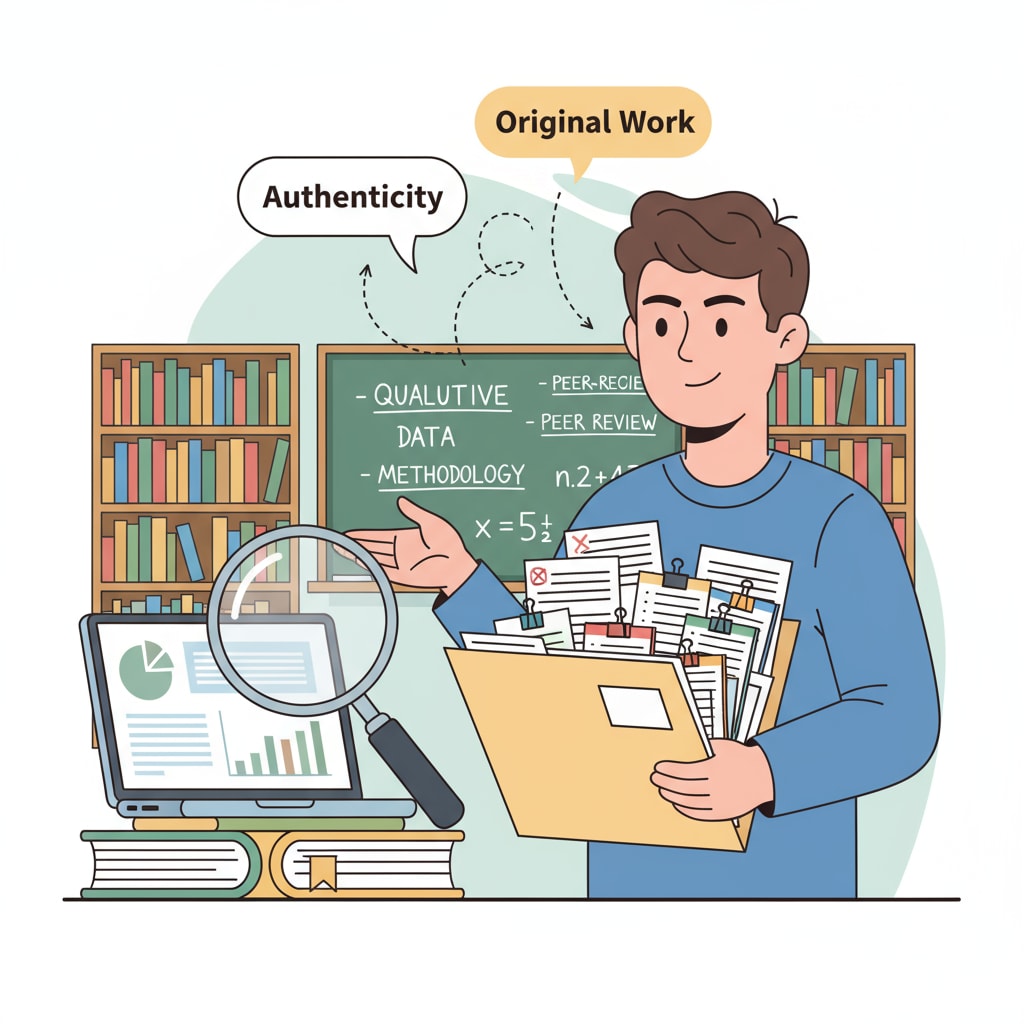In the digital age, the issue of AI allegations, thesis authenticity, and academic integrity has become a pressing concern for students in K12 education. As AI technology seeps deeper into the educational landscape, students are increasingly at risk of having their papers wrongly accused of being AI – generated. This article aims to provide practical strategies for students to prove the authenticity of their work and safeguard their academic integrity.

The Rise of AI – Related Accusations in K12 Education
The use of AI in writing has become a double – edged sword. On one hand, it offers tools that can assist in research and organization. On the other hand, it has led to a surge in accusations. For example, some teachers may rely on AI – detection tools that are not always accurate. These tools might flag a student’s paper as AI – written based on certain patterns in language use, even when the work is entirely original. According to EdSurge, many students have been wrongly penalized due to false positives from these detection tools.
Proving Thesis Authenticity
One of the first steps in countering an AI – written thesis accusation is to provide evidence of the research process. Students can keep detailed notes of their research, including the sources they consulted, the questions they asked, and the thought processes behind their arguments. Another important aspect is to show the evolution of the paper. Drafts, outlines, and early versions can demonstrate the development of the ideas over time. For instance, if a student has made gradual improvements in their writing style and argument clarity from the first draft to the final version, it is a strong indication of original work. As stated by the American Psychological Association, maintaining a record of the writing process is crucial for establishing academic integrity.

Moreover, students can emphasize their unique writing style. Everyone has a distinct way of expressing ideas, and this can be used to prove that the paper is not AI – generated. By referring to past assignments or personal writing samples, students can show that the accused paper aligns with their typical language use, tone, and argumentation style.
Readability guidance: In this section, we’ve used short paragraphs to present clear points. The bullet points in the lists help to organize the strategies for proving thesis authenticity. Transition words like “moreover” are used to smoothly move from one idea to the next.
Maintaining Academic Integrity in the Face of Accusations
It is essential for students to communicate openly with their teachers when facing an AI – written thesis accusation. Instead of getting defensive, they should approach the situation with an attitude of cooperation. By explaining the steps they took in writing the paper and providing the evidence of authenticity, students can work with their teachers to resolve the issue. Additionally, students should take this opportunity to learn more about academic integrity. Understanding the rules and expectations regarding originality and citation can prevent similar misunderstandings in the future.
In conclusion, while the threat of AI – written thesis accusations is a new challenge in K12 education, students can take proactive steps to prove the authenticity of their work and uphold academic integrity. By keeping detailed records of their research and writing process, emphasizing their unique writing style, and communicating effectively with their teachers, students can overcome these accusations and continue to grow academically.


